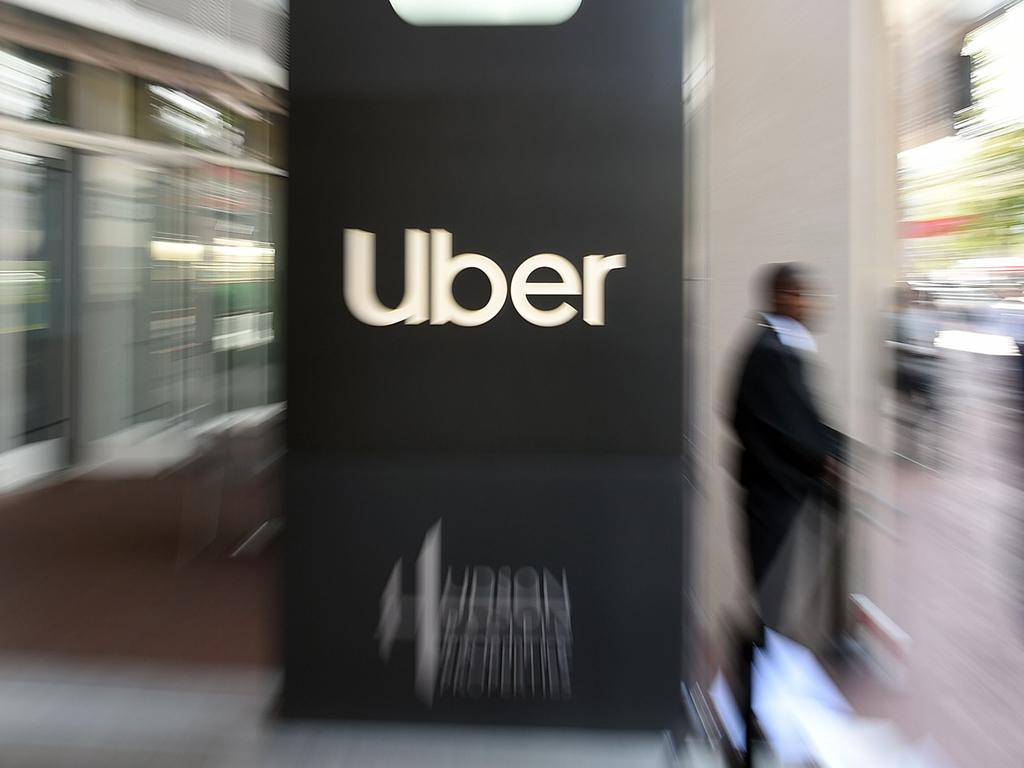Five per cent minimum wage rise “won’t drive up inflation”
Centre for Future Work says minimum wage rise of five to 10 per cent needed to restore the real buying power of low-paid workers to pre-pandemic trends.

Increasing minimum and award wages for 2.9 million workers by at least five per cent would not drive up inflation, according to new analysis that is likely to be cited by unions to push for a substantial pay rise for low-paid workers in June.
Ahead of the ACTU next week announcing this year’s claim on behalf of minimum wage and award-reliant workers, the Australia’ Institute’s Centre for Future Work has released research finding a minimum wage rise of between five and ten per cent was needed to restore the real buying power of low-paid workers to pre-pandemic trends.
Despite employers immediately warning the decision would “add to the risks of an inflation blowout”, inflation subsequently slowed by over three percentage points to an annual rate of 4.1 per cent in the December quarter.
ACTU secretary Sally McManus said on Wednesday that “the myth that giving our carers, cleaners and hospitality staff a pay rise will fuel inflation has been well and truly busted”.
“This thinking should have left the boardroom at the same time as the fax machine,” she said. “The minimum wage was increased by the biggest amount in over 40 years last year, yet inflation dropped by 3.7 per cent over the period.”
Centre for Future Work director Jim Stanford said the analysis showed the cost of a five per cent increase in minimum and award wages would be equivalent to a 1.1 per cent decline in gross operating profits if employers absorbed the pay rise, did not pass it on through higher prices and there was no change in productivity.
“You could extrapolate it even further to a 10 per cent (pay rise) in which case it’s barely a two per cent decline in profits,” he said. “In both cases, the profits would still be far above the pre-pandemic norms, in dollars obviously and also as a share of GDP.”
Dr Stanford rejected employer group arguments that this year’s minimum wage increase should be effectively discounted against the modified stage three tax cuts.
According to the centre’s analysis,the tax cuts would deliver a $16 a week rise to a full time worker on the annual $45,906 minimum wage, a smaller rise to part-time minimum and award reliant workers, and no saving at all to the 1.5 million workers earning below the current tax free threshold.
Dr Stanford said the stage three tax cuts did not constitute a “double whammy” of inflationary pressure, and should not be considered as a relevant factor in the commission’s deliberations.
“I think it’s unreasonable for employers to say “because the government gave you something, I don’t have to pay you as much”,” he said. That’s an unfair connection of two unrelated issues.”
Meanwhile, Business NSW has revived its 2018 proposal for a new “flexible ongoing employee” category in casualised industries, earning the ire of unions. Under the proposal, a worker would receive a 10 per cent loading and leave entitlements but be rostered on at their employer’s discretion.
Ms McManus said the proposal, if accepted, would be a “massive backward step for workers, seeing a 10 per cent loading instead of 25 per cent, and remove all predictability on hours and income”.








To join the conversation, please log in. Don't have an account? Register
Join the conversation, you are commenting as Logout